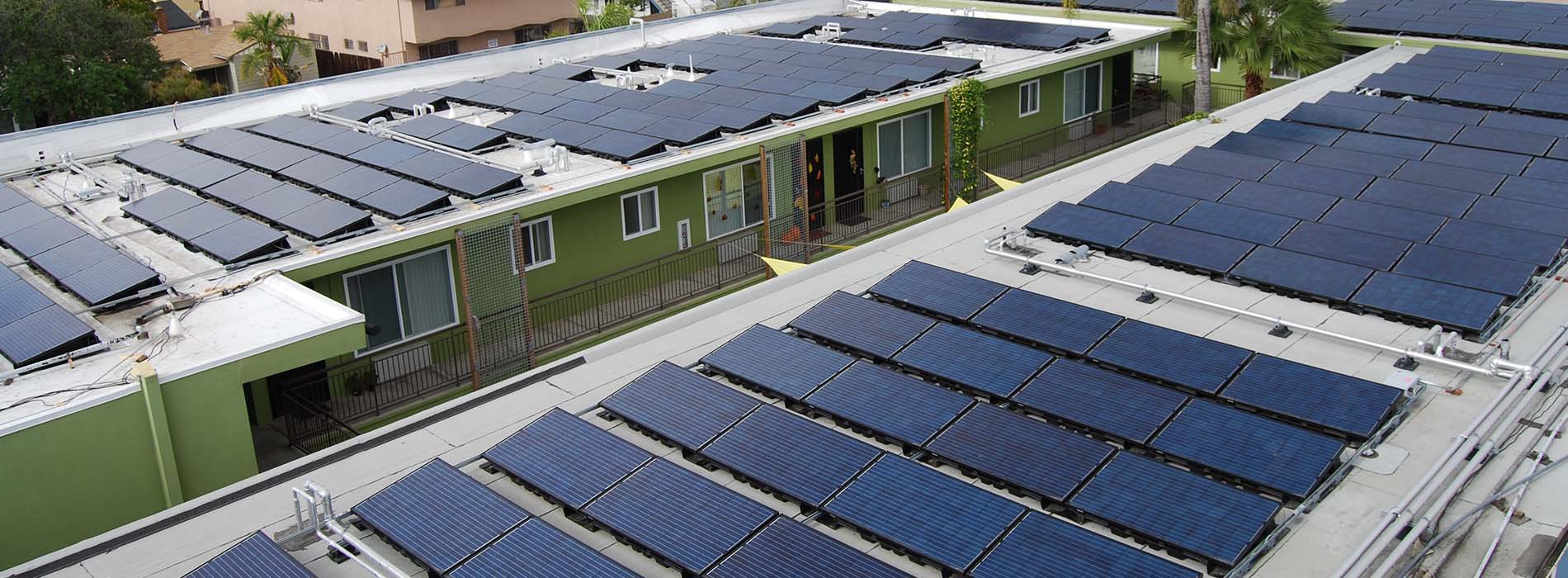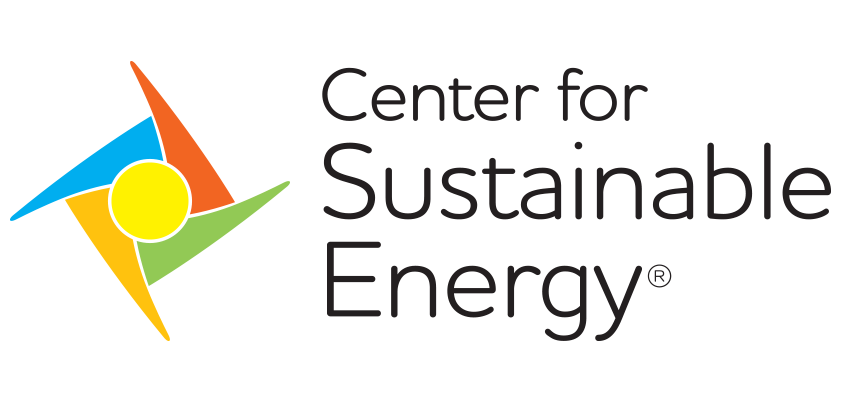5 Lessons for Successful Solar on Multifamily Affordable Housing

Installing solar on multifamily affordable housing – where a quarter of all U.S. low-income households live – is one equity-centered approach to clean energy. Solar can save property owners and tenants on energy costs. And the community as a whole benefits from reduced fossil fuel use and greenhouse gas emissions.
Yet, the multifamily affordable housing market for solar energy is underserved and not well understood.
Incentives are critical
All 50 states have some incentives for renewable energy, and 20 states have state-funded or utility-sponsored incentives specifically for solar. These range from loan programs and tax exemptions to system rebates and on-bill energy credits.
But only California’s Solar on Multifamily Affordable Housing (SOMAH) Program offers a comprehensive statewide incentive program specifically designated for properties in disadvantaged, environmental justice and low-income communities.
Keys to program success
The Center for Sustainable Energy (CSE) has been engaged in solar incentive programs for more than 15 years, initially as a manager of the California Solar Initiative and currently as part of SOMAH’s program administration team.
Here are five lessons we’ve learned that can help policymakers tailor incentives for multifamily affordable housing solar to reduce overall electrical demand, help meet climate action plan goals and ensure equitable clean energy access.
1. Help more contractors get ready to manage multifamily affordable housing solar installations.
Small solar companies struggle to focus on multifamily affordable housing as part of their core business. That’s because they rely almost exclusively on referrals and compete with bigger solar companies that have the resources to administer and install larger-scale projects.
Providing contractors with educational opportunities, job-trainees and partnership opportunities will build a quality contractor pool that can take advantage of the multifamily affordable housing solar market opportunity.
Once engaged, contractors will need tools to find eligible properties to help them generate leads.
-
SOMAH created an eligible properties map that has been especially important to smaller contractors and minority and women owned businesses striving to move up from single-family residential projects.
2. Provide financing options to ensure projects are carried through to completion.
Multifamily affordable housing property owners and small- to medium-sized contracting firms may not have sufficient cash to complete a long project from start to finish if the incentive payout doesn’t come until the very end. This can make property owners or contractors leery of investing. Financing options such as power purchase agreements, bridge funding or incentive program progress payments address this issue.
- SOMAH established a progress payment option in 2021 to help carry projects through to completion.
3. Coordinate community resources to share information about solar.
Use established sources such as utilities, local government agencies and community-based organizations to spread the word and ensure property owners get accurate information.
These groups should be more than messengers. Bring them in during program design for input and then later for feedback on implementation so your program gains from their perspective and they are invested in the program’s success.
- SOMAH engages community-based partners to establish ties and build trust, contracting with them and paying for their work on program outreach.
4. Help property owners and contractors handle program requirements and paperwork.
Details like virtual net metering allocations, individual meter data-gathering and other equity program requirements can be daunting and add complexity to a solar project. Other requirements like job training and tenant education, while valuable for the communities the programs serve, can be time-consuming for participants. This may lead to hesitation to participate and create misunderstandings about cost benefits.
- SOMAH has created a robust technical assistance program, with à la carte or full-service offerings to meet the unique needs of property owners and contractors. This enables property owners to make better-informed decisions and empowers contractors to develop and sell projects with confidence.
5. Create incentive structures that primarily support tenants.
Properly designed incentives can significantly offset the cost of solar and deliver lower electricity bills to property residents. SOMAH incentives for solar that serves tenant areas are nearly three times higher per watt than for common areas. Tenants start seeing the benefits on their electricity bill right away.
Property owners recover solar installation costs not covered by the SOMAH incentives over time through reduced energy bills for common areas such as laundry rooms, community centers and outdoor lighting.
-
SOMAH requires at least 51% of energy produced by a system be allocated to tenants via virtual net energy metering.
Multifamily affordable housing property owners entering solar projects must realize their returns on investment for solar will be longer-term than most other building energy upgrades. But with state incentives, that time period can be cut down dramatically.
Over time, solar offers utility bill savings for 25-30 years and is an “in-the-bank” hedge against future utility rate hikes. It also can lower operating costs, increase property value at a future sale, lower tenant energy costs and reduce late rent payments. In the long run, solar is good for multifamily affordable property owners, tenants, the community and the planet.

